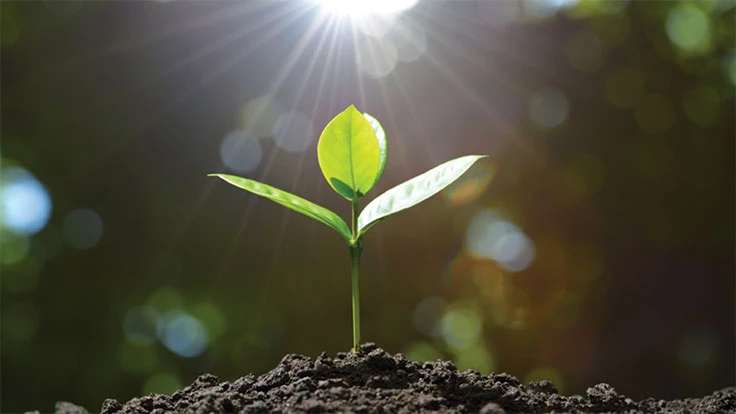
When drier conditions make survival harder for plants, causing disease and fertility issues, biostimulants can be a great tool to use for a healthy lawn and landscape. Applied to plants, seeds or soil, biostimulants are used to help plants soak up nutrients and meet their fullest potential. The process works because the additives facilitate the breakdown of different nutrients in the soil for plants.
LCOs often use biostimulants to protect plants against disease and drought, and to limit the need for traditional fertilizers, pesticides or herbicides, which makes them popular in organic programs. “Biostimulants reduce fertilizer runoff, which is especially good for sites near watersheds,” says David Beaudreau, co-chair of the U.S. Biostimulant Coalition. “You’ll see better quantity or quality, better flower color.”
The use of biostimulants has risen steadily since the first trials in the early 1990s. Today, biostimulants are a modestly sized but rapidly growing market. The purchase of biologicals is up 2 percent this year over last, according to Lawn & Landscape expenditure research.
Read the full story from the December issue here.
Latest from Lawn & Landscape
- Landscape Workshop acquires 2 in Virginia markets
- Schill Grounds Management acquires Elevations Landscaping
- Central Turf & Irrigation rebrands as Central Pro Supply
- That's a wrap on the Business Builders Summit
- Our May issue is live
- The 2025 Top 100 List
- Fresh faces to the list
- Not so neglected anymore





